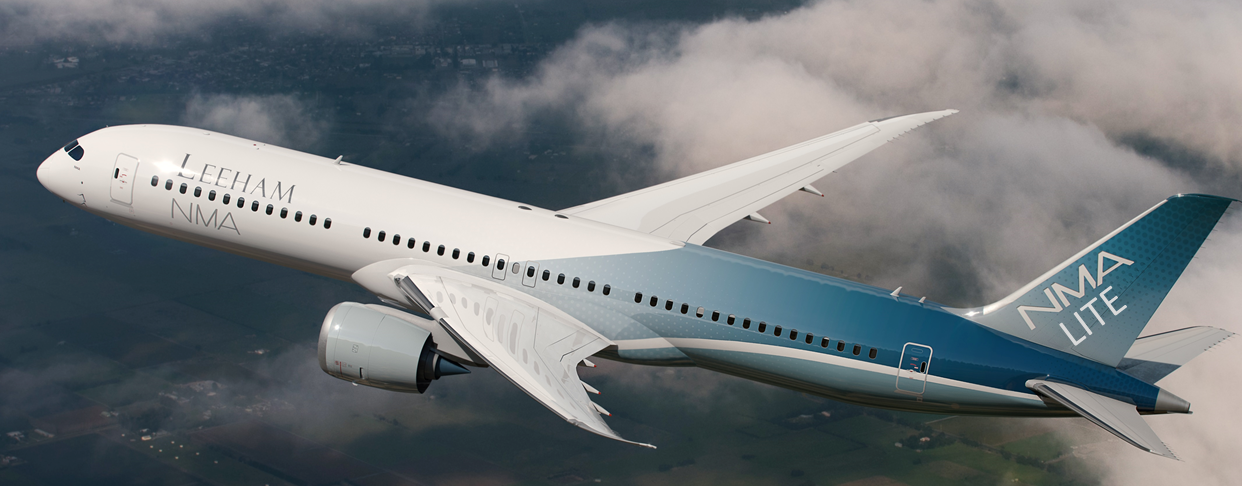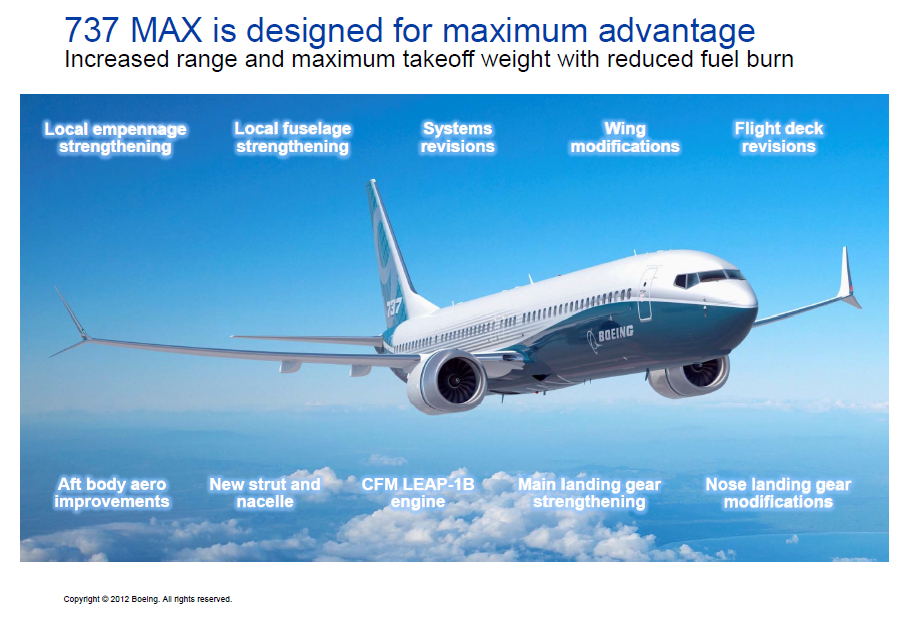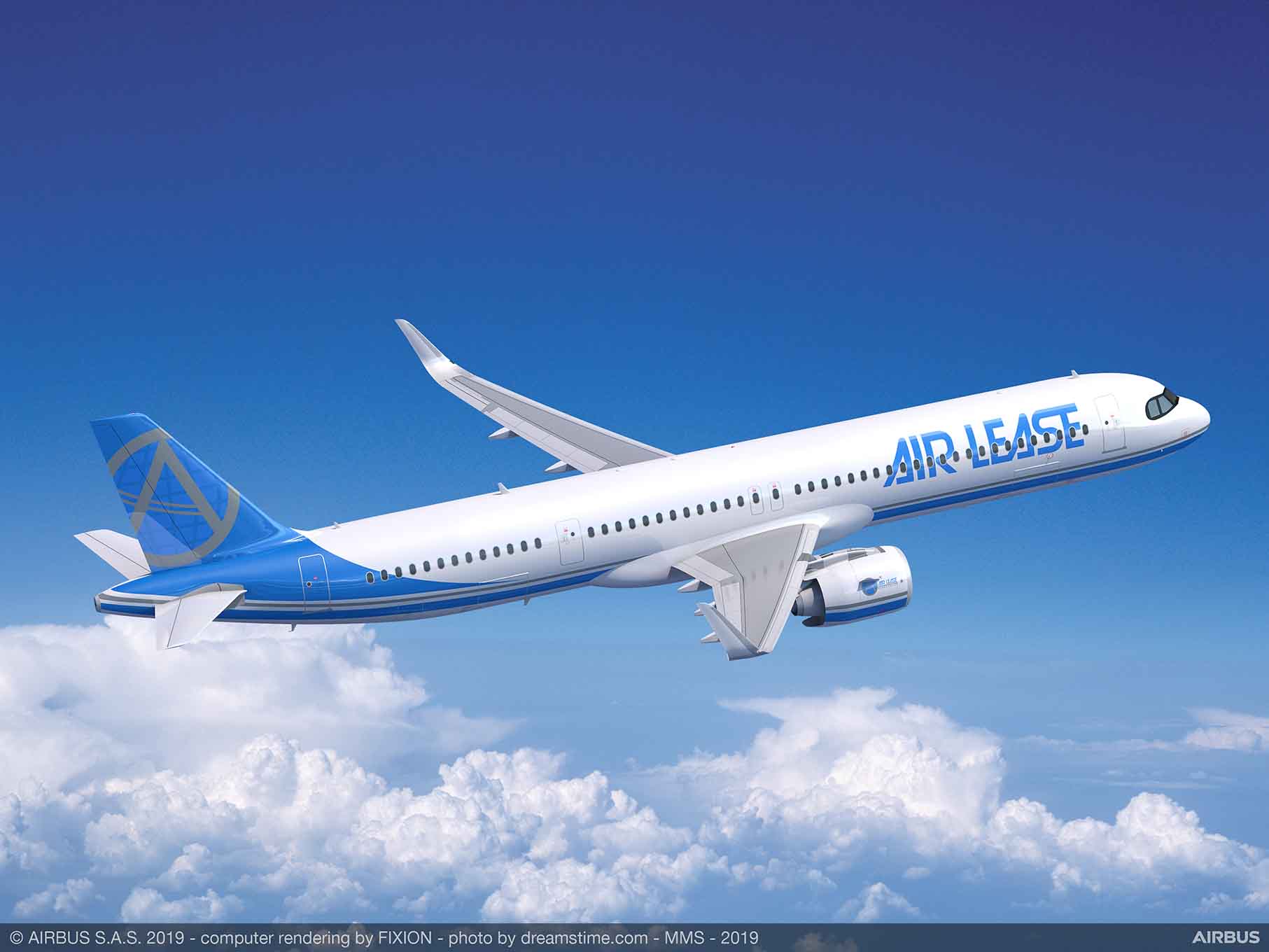Leeham News and Analysis
There's more to real news than a news release.
A lost decade for aircraft manufacturers, suppliers
Subscription Required
Now open to all Readers
Introduction
By Judson Rollins, Bjorn Fehrm & Scott Hamilton
Sept. 21, 2020, © Leeham News: Commercial aviation is facing a lost decade due to COVID.
Yes, most forecasts target 2024-2025 as returning to 2019 passenger traffic and aircraft production levels.
However, LNA in July published its own analysis indicating full recovery may not occur until 2028. Breathless headlines notwithstanding, it will take years for vaccines to be widely available and considered safe by enough of the world’s population. Growing concern about vaccine production and distribution capacity through 2024 underscores this view. Even Southwest Airlines CEO Gary Kelly said earlier this month that business travel might not fully return for a decade.
Indeed, the 2020s may well be a lost decade for aircraft manufacturers and their supply chains.
 Summary
Summary
- Debt-laden airlines will have little money to order new airplanes
- Interest in re-engined 787, A350 likely nil this decade
- Airbus, Boeing, Embraer have little interest in launching new programs
- Engine makers too financially stretched to develop new designs
- Engineering talent, knowledge will be decimated by inevitable job reductions
- OEMs must “play the long game” at a short-term cost to safeguard their futures
Boeing seeks to cut production costs of 787-8 to boost sales
By Scott Hamilton
Sept. 2, 2020, © Leeham News: Boeing is considering production changes to the slow-selling 787-8 to lower costs and boost sales.
The effort comes at a time when global passenger traffic is at record lows and recovery of international traffic is forecast to take four or five years.
As airline traffic recovers, carriers appear to be favoring smaller aircraft in restarting suspended routes.
In recent years, Boeing discouraged sales of the 787-8 because it is a low margin airplane with high production costs. This is a legacy of the program and development difficulties from 2004-2011, when it finally entered service.
The 787-9 and 787-10 are high margin aircraft Boeing counted on to reduce the billions of dollars in deferred production and tooling costs. At one time, this exceeded $32bn.
The early program difficulties resulted in the production and parts of the -8 to be substantially different than the -9/10, which have 95% commonality. The -8 was only 30% common.
Boeing’s Renton plant may close from 2033: Analysis
Subscription Required
Now open to all Readers.
Introduction
Aug. 10, 2020, © Leeham News: With Boeing likely to consolidate 787 production in Charleston (SC), reflecting a rate of 6/mo, the future of assembly in Puget Sound rears its head again.
LNA outlined Aug. 3 why Everett is the ideal location to assemble the Next Boeing Airplane (NBA).
Boeing’s product line also requires a new airplane in the 100-150 seat sector. Airbus’ A220-100/300 and, nominally, the A320neo (but not the A319neo) fill this sector. (The A320neo was originally designed as a 150-seat airplane. It now is commonly configured in the 150-180 seat size.)
Airbus has a design for an A220-500, which could replace the A320.
Boeing needs an efficient competitor to the current A220 plus a replacement for the 737-7 and, eventually, the -8.
And it probably won’t be assembled at the Boeing 737 plant in Renton.
Summary
- Boeing-Embraer JV was to focus on 100-150 seat airplane.
- Canceled deal could be revived.
- Or Boeing could choose a new partner.
- Moonshot would be two roughly concurrent new airplane programs.
Boeing’s big opportunity
Subscription Required
Now open to all Readers.
By Scott Hamilton
Analysis
Introduction
Aug. 3, 2020, © Leeham News: Boeing has one of the biggest opportunities in decades.
This is counter-intuitive, given the disaster it faces with the COVID-19 crisis.
But in chaos, there are opportunities.
There are some key assumptions that must be made. But these are not outlandish.
Summary
Assume:
- Boeing survives the virus crisis.
- Boeing consolidates 787 in Charleston.
- 787 demand doesn’t return, reactivating Everett line.
- Sharp gains in production efficiency.
- These lead to the Big Opportunity.
Looking ahead for 2020 and 2030 decades: Boeing
Subscription Required
Second in a series.
By Scott Hamilton and Vincent Valery
Introduction
June 24, 2020, © Leeham News: “Airbus’ widebody strategy is a mess.”
This is what Kostya Zolotusky, then a VP with Boeing Capital Corp., said a few years ago on the sidelines of a major aerospace conference.
Today, it may be going too far to say there is increasing opinion in the industry that Boeing’s product strategy is a mess. But it’s fair to say it’s seriously challenged.
Even setting aside the 737 MAX grounding, Airbus clearly outpaced the MAX with the A320neo family. The A321LR and XLR thrust Airbus into dominance in the single-aisle, 150-220 seat sector.
Airbus fell into a winner with the acquisition of the Bombardier C Series. Boeing’s 737-7 MAX has captured fewer than 100 orders since the program launch in 2011. Demand for the 777X is weak.
Boeing critics, and there are many, see little but doom and gloom ahead. Even before the COVID-19 crisis, Boeing faced years of recovery from the MAX grounding.
There’s no doubt Boeing has a deep hole to climb out of, exacerbated by the COVID crisis. The question is, what does Boeing do after the MAX is returned to service and the virus crisis is over?
Summary
- Airbus is clear leader in single-aisle sector.
- Boeing’s product strategy for New Midmarket Airplane, Embraer role is over.
- Former CEO Jim McNerney said, “no more moonshots.” But is this just what Boeing needs to regain its position?
Pontifications: Assessing the impact of COVID-19: today’s take
April 6, 2020, © Leeham News: It’s going to be quite a while before there is a clear understanding how coronavirus will change commercial aviation.
LNA already touched on impacts to Airbus, Boeing and Embraer. None of it is good. For Boeing, burdened with the additional stress of the 737 MAX, is in the worst position. Even when the MAX is recertified, there won’t be many—or any—customers in a position to take delivery of the airplane.
Bearing in mind that what’s true today will change in a day, or even an hour, let’s take a rundown of where things seem to stand now.
Boeing will proceed with NMA. Or FSA. Take a poll
By Scott Hamilton
Feb. 6, 2020, © Leeham News: Boeing will decide to proceed with the launch of the New Midmarket Aircraft (NMA).
Or it won’t and instead launch a single-aisle replacement for the 737 MAX that essentially  reinvents the long-gone 757.
reinvents the long-gone 757.
These are the two popular options discussed yesterday at the annual conference of the Pacific Northwest Aerospace Alliance in Lynnwood (WA).
Aerospace analyst Ken Herbert of Canaccord Genuity believes Boeing will launch the NMA.
Analyst Rob Epstein of Bank of America Merrill Lynch believes Boeing will go with the Future Small Airplane (FSA), a fresh design that is similar in size to the 757-200 and 757-300.
Consultants Kevin Michaels of Aerodynamic Advisory and Michel Merluzeau of AIR voted for the NMA. Consultant Richard Aboulafia of The Teal Group voted for the FSA.
Pontifications: Back to drawing board on NMA, Boeing’s CEO says
Jan. 27, 2020, © Leeham News: Back to the drawing board.
So to speak.
There is no drawing board, of course, but, rather, computer design.
In his first media conference last week as president and CEO of The Boeing Co., David Calhoun is going back to a fresh start on evaluating what Boeing needs for its next new airplane.
The New Midmarket Airplane (NMA) and Future Small Airplane (FSA) appear dead.
That’s not to say, necessarily, restarting the analysis won’t conclude one of these concepts is the right one after all.
But something entirely new might emerge, too.
Boeing hasn’t hit bottom yet. Neither have suppliers.
By Scott Hamilton
Analysis
Jan. 15, 2020, © Leeham News: The extent of the damage to Boeing from the 737 MAX crisis still is unfolding.
 Billions of dollars in new costs and charges are expected to be announced on the 2019 earnings release and call, Jan. 29.
Billions of dollars in new costs and charges are expected to be announced on the 2019 earnings release and call, Jan. 29.
But the long-term effects, only surmised until now, are beginning to become evident following information obtained by LNA from multiple sources.
- Restarting production will be at a low initial monthly rate.
- Ramp to previously targeted 57/mo likely lags by three years.
- The impact on suppliers will be profound.
- Impact on employee retention is unknown.
- 737 backlog delivery schedule will require major adjustments.
- Airbus stands to benefit from Boeing’s extended lower production rate.
- New airplane years away—even as it’s needed for Boeing’s future.
- Lower 737 production rate reduces cash flow; 787 rate reduction will hurt, too.
Boeing hasn’t hit bottom yet. The worst is yet to come for suppliers.






